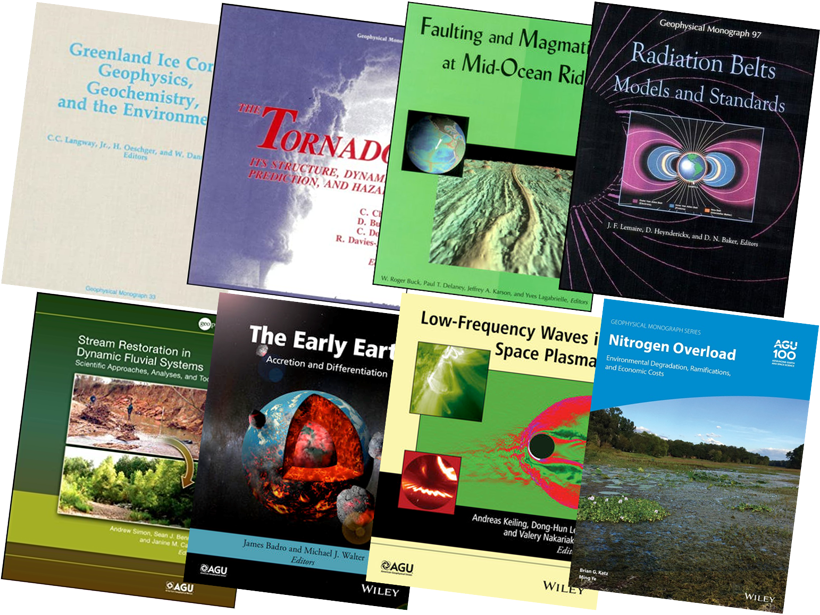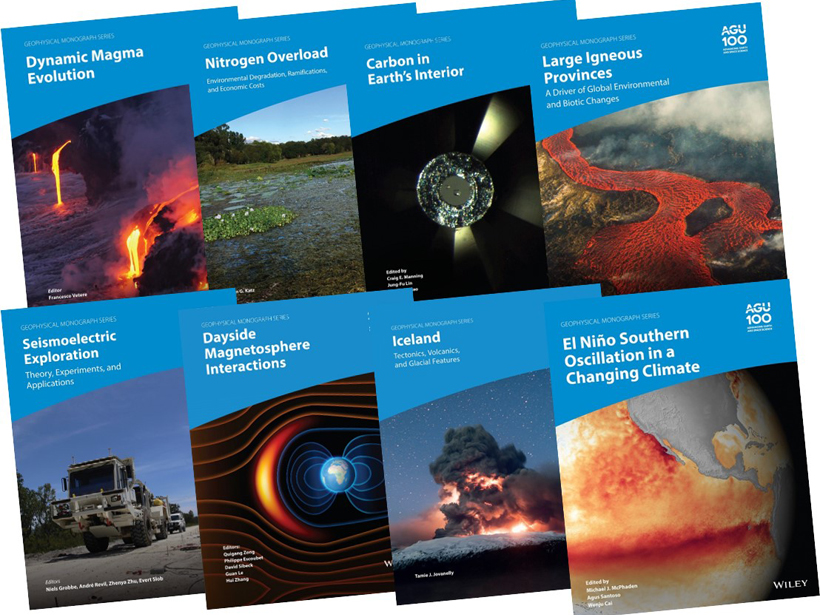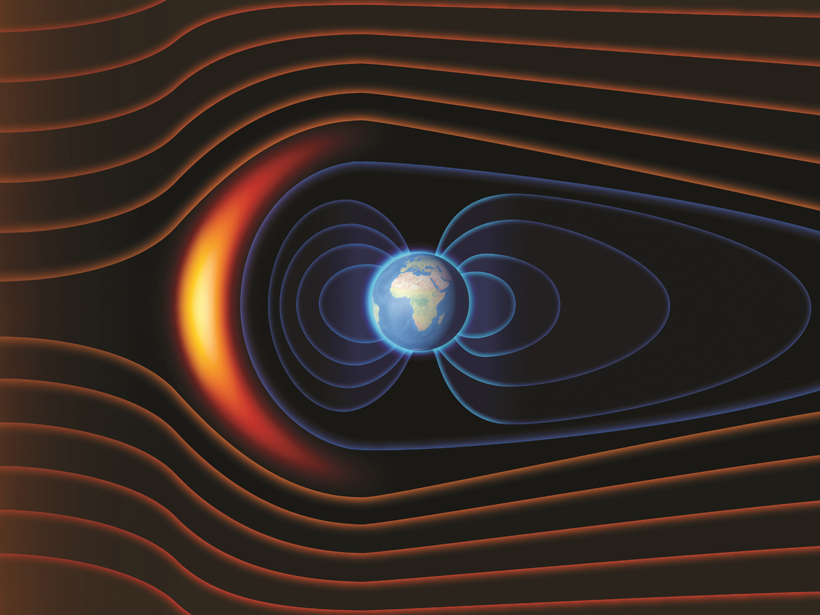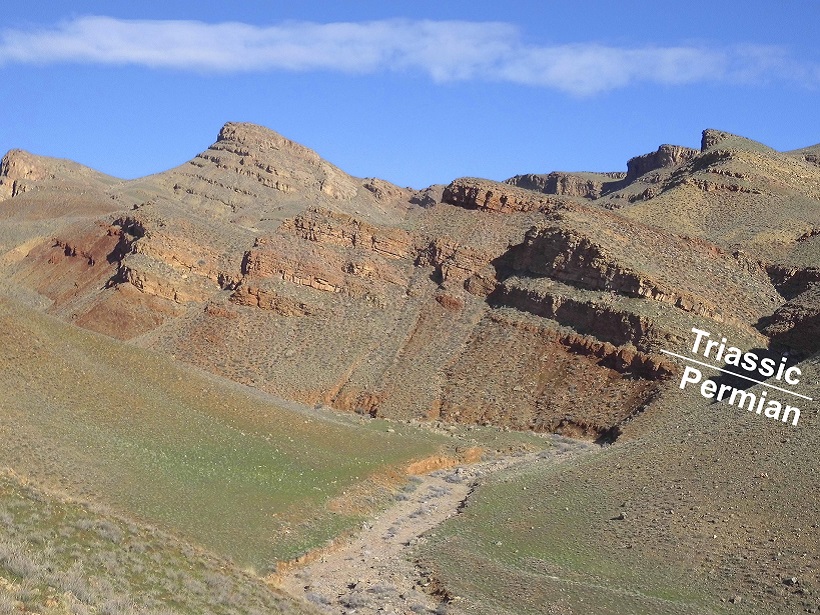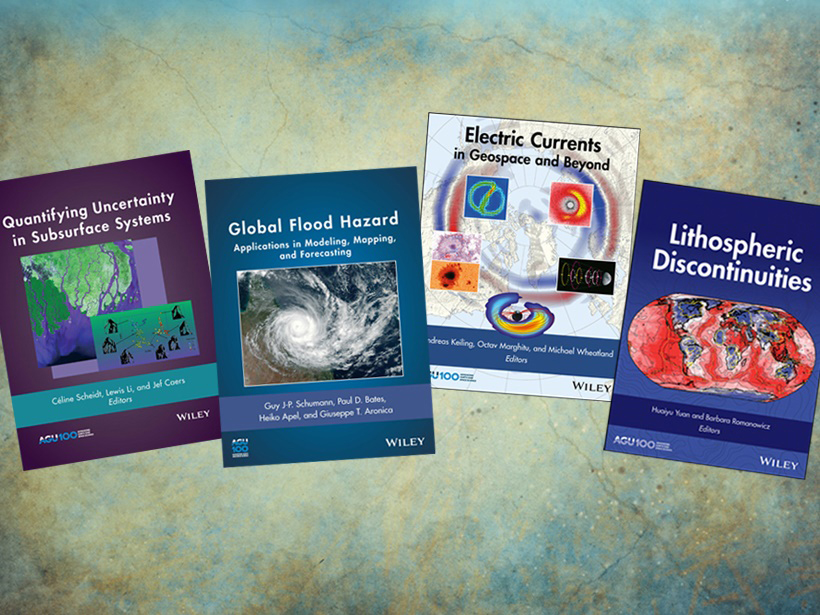The new Editorial Board for AGU Books looks back at its historic backfile of books and evaluates how the program has grown and diversified over six decades.
AGU Books
Exciting New Developments for AGU Books Program
Alongside publication of new books on a broad range of Earth and space science topics, AGU published its first open access books in 2020 and appointed a new Editorial Board.
Advancing Knowledge of ENSO in a Changing Climate
A new book highlights research progress on El Niño Southern Oscillation dynamics and impacts and how they may change in a warmer world.
New Results Concerning Solar Wind Entry into the Magnetosphere
A new book describes recent results defining the many pathways and foreshock, bow shock, magnetosheath, and magnetopause phenomena connecting the solar wind to the dayside magnetosphere.
Society’s High Stakes Game of Chance Against Nature
We can better understand the risks of natural hazards and develop more effective mitigation strategies when geoscience and social science perspectives are combined.
The Kuroshio Current: Artery of Life
The waters of the Kuroshio Current in the northwestern Pacific Ocean transport heat, salt, and organic and inorganic matter from south to north, shaping the ocean ecosystem.
Unravelling the Past Using Elements and Isotopes
A new book explores chemostratigraphy, a fascinating and relatively young branch of geoscience, presenting the latest developments and applications.
AGU Books Program Continues to Thrive
The past year has been a successful one for AGU’s books program, with a dozen new volumes on a range of topics in the Earth and space sciences and a new Web platform.
Earthquake Precursors, Processes, and Predictions
A new book presents various studies that may establish a link between earthquakes and different types of precursor signals from the Earth, atmosphere, and space.
The Challenges of Global Flood Hazard Mapping and Prediction
A new book presents the latest tools in remote sensing technologies and modeling approaches for addressing challenges and meeting future needs in global flood hazard mapping and prediction.

